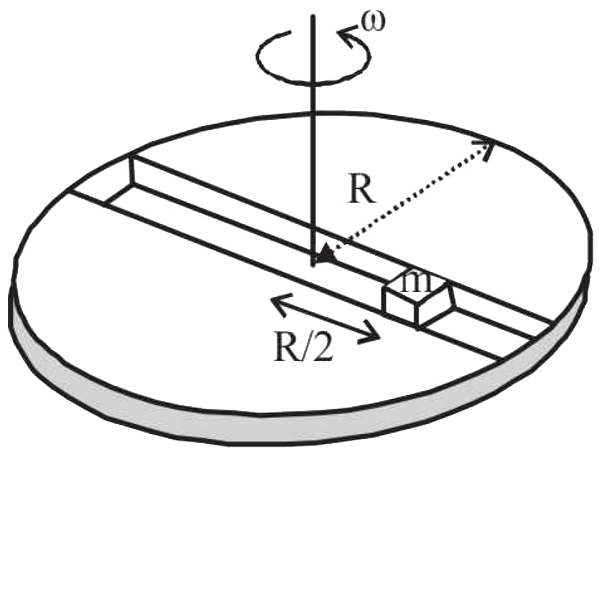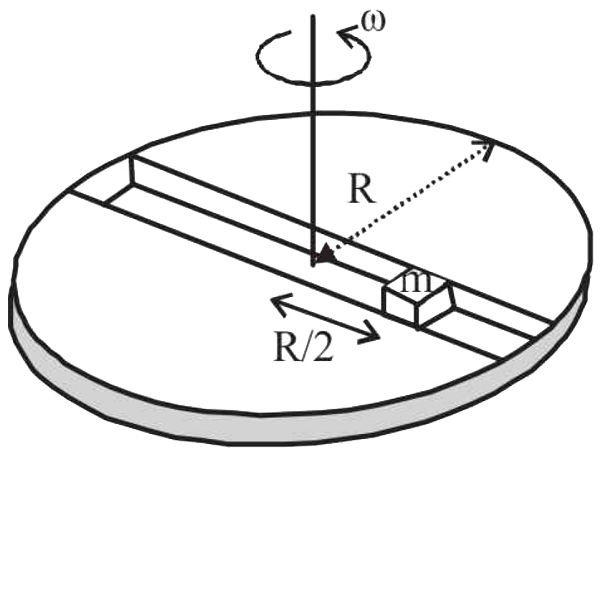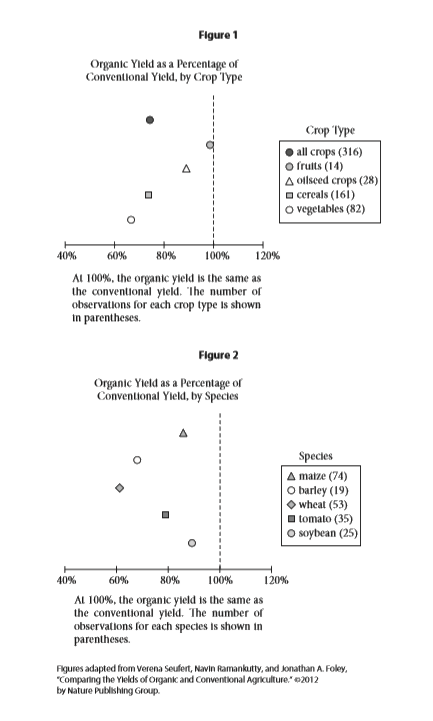A system of rotating crops with legume or grass pasture to improve soil structrue and fertility is called
Shifting agriculture
Ley farming
Contour farming
Strip farming
To solve the question, we need to identify the correct term that describes "a system of rotating crops with legume or grass pasture to improve soil structure and fertility." Let's analyze the options provided one by one.
1. Understanding the Question:
- We are looking for a system that involves rotating crops, specifically with legumes or grass pastures, to enhance soil health.
2. Analyzing Option A: Shifting Agriculture:
- Shifting agriculture involves cultivating a specific field for a time and then leaving it fallow (unused) to allow natural vegetation to restore soil nutrients.
- This does not involve rotating crops with legumes or grass pastures, so this option is incorrect.
3. Analyzing Option B: Lay Farming:
- Lay farming is a method where crops, particularly legumes, are rotated to improve soil fertility and structure.
- Legumes are known for their ability to fix nitrogen in the soil, which enhances soil fertility.
- This option fits the description given in the question, making it a strong candidate.
4. Analyzing Option C: Contour Farming:
- Contour farming is a practice used primarily in hilly areas where crops are planted along the contours of the land to reduce soil erosion.
- This method does not specifically involve rotating crops with legumes or grass pastures, so it is not the correct answer.
5. Analyzing Option D: Stripe Farming:
- Stripe farming involves planting different crops in alternating strips, but it does not specifically refer to the rotation of crops with legumes or grass pastures.
- Therefore, this option is also incorrect.
6. Conclusion:
- After analyzing all the options, the correct answer is Lay Farming (Option B), as it directly relates to rotating crops with legumes or grass pastures to improve soil structure and fertility.
Final Answer:
Lay Farming (Option B)
- We are looking for a system that involves rotating crops, specifically with legumes or grass pastures, to enhance soil health.
- Shifting agriculture involves cultivating a specific field for a time and then leaving it fallow (unused) to allow natural vegetation to restore soil nutrients.
- This does not involve rotating crops with legumes or grass pastures, so this option is incorrect.
- Lay farming is a method where crops, particularly legumes, are rotated to improve soil fertility and structure.
- Legumes are known for their ability to fix nitrogen in the soil, which enhances soil fertility.
- This option fits the description given in the question, making it a strong candidate.
- Contour farming is a practice used primarily in hilly areas where crops are planted along the contours of the land to reduce soil erosion.
- This method does not specifically involve rotating crops with legumes or grass pastures, so it is not the correct answer.
- Stripe farming involves planting different crops in alternating strips, but it does not specifically refer to the rotation of crops with legumes or grass pastures.
- Therefore, this option is also incorrect.
- After analyzing all the options, the correct answer is Lay Farming (Option B), as it directly relates to rotating crops with legumes or grass pastures to improve soil structure and fertility.
Lay Farming (Option B)
Topper's Solved these Questions
Similar Questions
Which of the following statement/s is/are and example of genetic engineering?
I. Inserting a gene for human insulin production into bacteria.
II. Selective breeding to produce cattle with high milk yields.
III. Using methods like crop rotation with leguminous plants to increase the fertility of the soil.
IV. Vegetative propagation and grafting are practised to ensure higher yield.View SolutionThe material of biological origin, which is used to maintain and improve soil fertility is
(a) Bio pesticide
(b) Bionutrient
(c) Chemical fertilizers
(d) Green manureView Solution
Knowledge Check
- Question 1 - Select One
A system of rotating crops with legume or grass pasture to improve soil structure and fertility is called
AStrip farmingBShifting agricultureCLey farmingDContour farming - Question 2 - Select One

The graph y=f(x), shown above models the performance of a certain crop, where x is the nutrients subtracted or added to the soil and y is the gain or loss of pieces of fruit added to the total harvest. A more powerful fertilizer that is used causes the graph y=f(x) to be reflected over the line y=x. which of the following best describes the behaviour of the crop with the new fertilizer?AFor every three nutrients added to the soil, the crop loses two additional fruits for the total harvest.BFor every two nutrients added to the soil , the crop loses two additional fruits for the total harvest.CFor every three nutrients added to the soil, the crop adds two additional fruits to the total harvest.DFor every two nutrients added to the soil, the crop adds three additional fruits to the total harvest. - Question 3 - Select One
Apomixis is a mode of reproduction which does not involve formation of zygote through genetic fusion. In plants, apomixis commonly mimics sexual reproduction but produces seeds without fertilization. There are several methods of apomictic development in seeds. Apomixis can be observed in hawthoms, shadbush, Sorbus, brambles, and blackberries, meadow grasses, mat grass, hawkweeds, etc.
Formation of embryo directly from diploid egg without fertilisation is called:AaposporyBpolyembryonyCdiplosporyDparthenogenesis
Without the rotation of crop by a pulse in between cereals, the farmer observed the increases in natural fertility due to
View SolutionA Crop rotation decreases the soil fertility.
R High concentration of minerals is required as fertilizers.View SolutionA frame of reference that is accelerated with respect to an inertial frame of reference is called a non-inertial frame of reference. A coordinate system fixed on a circular disc rotating about a fixed axis with a constant angular velocity ω is an example of non=inertial frame of reference. The relationship between the force →Frot experienced by a particle of mass m moving on the rotating disc and the force →F∈ experienced by the particle in an inertial frame of reference is
→Frot=→Fin+2m(→vrot×→ω)+m(→ω×→r)×→ω.
where →vrot is the velocity of the particle in the rotating frame of reference and →r is the position vector of the particle with respect to the centre of the disc.
Now consider a smooth slot along a diameter fo a disc of radius R rotating counter-clockwise with a constant angular speed ω about its vertical axis through its center. We assign a coordinate system with the origin at the center of the disc, the x-axis along the slot, the y-axis perpendicular to the slot and the z-axis along the rotation axis (→ω=ωˆk). A small block of mass m is gently placed in the slot at →r(R/2)ˆi at t=0 and is constrained to move only along the slot.

The distance r of the block at time isView SolutionA frame of reference that is accelerated with respect to an inertial frame of reference is called a non-inertial frame of reference. A coordinate system fixed on a circular disc rotating about a fixed axis with a constant angular velocity ω is an example of non=inertial frame of reference. The relationship between the force →Frot experienced by a particle of mass m moving on the rotating disc and the force →F∈ experienced by the particle in an inertial frame of reference is
→Frot=→Fin+2m(→vrot×→ω)+m(→ω×→r)×→ω.
where →vrot is the velocity of the particle in the rotating frame of reference and →r is the position vector of the particle with respect to the centre of the disc.
Now consider a smooth slot along a diameter fo a disc of radius R rotating counter-clockwise with a constant angular speed ω about its vertical axis through its center. We assign a coordinate system with the origin at the center of the disc, the x-axis along the slot, the y-axis perpendicular to the slot and the z-axis along the rotation axis (→ω=ωˆk). A small block of mass m is gently placed in the slot at →r(R/2)ˆi at t=0 and is constrained to move only along the slot.

The net reaction of the disc on the block isView SolutionWhen it comes to energy, everyone loves efficiency. Cutting energy waste is one of those goals that both sides of the political divide can agree on, Line even it they sometimes diverge on how best to get 5 there. Energy efficiency allows us to get more out of our given resources, which is good for the economy and (mostly) good for the environment as well. In an increasingly hot and crowded world, the only sustainable way to live is to get more out of less. to Every environmentalist would agree. But change the conversation to food, and suddenly efficiency doesn't look so good. Conventional industrial agriculture has become incredibly efficient on a simple land to kind basis. Is Thanks to fertilizers, mechanization and irrigation, each American farmer feeds over 155 people worldwide. Conventional farming gets more and more crop per square foot of cultivated land—over 170 bushels of corn per acre in Iowa, for 20 example—which can mean less territory needs to be converted from wilderness to farmland. And since a third of the planet is already used for agriculture—destroying forests and oilier wild habitats along the way--anything that help us produce more food on less land would seem to he good for the environment.Of course,that’s not how most environmentalists regard their a rugul a[a leaf ygreen].They have embraced organic food as better for the planet—and healthier and tastier,too—than the stuff produced by agricultural corporations.Environmentalists disdain the enormous amounts of energy needed and waste created by conventional farming,while organic practices—for go in gartificial fertilizers and chemical pesticides—are considered far more sustainable. Sales of organic food ros e7.7% in 2010,upto $26.7 billion—and people are making those purchases for their consciences as much as their taste buds. Yet a new meta-analysis in Nature does the math and comes to a hard conclusion:organic farming yields 25% fewer crops on a verage than conventional agriculture.More land is therefore needed to produce fewer crops—and that means organic farming may not be as good for the planet as we think.
In the Nature analysis, scientists from McGill University in Montreal and the University of Minnesota performed an analysis of 66 studies comparing conventional and organic methods across so 34 different crop species, from fruits to grains to legumes. They found that organic farming delivered a lower yield for every crop type, though the disparity varied widely. For rain-watered legume crops like beans or perennial crops like fruit trees, organic is trailed conventional agriculture by just 5%. Yet for major cereal crops like corn or wheat, as well as most vegetables—all of which provide the bulk of the world's calories—conventional agriculture outperformed organics by more than 25%. 60 The main difference is nitrogen, the chemical key to plant growth. Conventional agriculture makes use of 171 million metric tons of synthetic fertilizer each year, and all that nitrogen enables much faster plant growth than the slower release of nitrogen from the 6S compost or cover crops used in organic farming. When we talk about a Green Revolution, we really mean a nitrogen revolution—along with a lot of water. Rut not all the nitrogen used in conventional /0 fertilizer ends up in crops—much of it ends up running off the soil and into the oceans, creating vast polluted dead zones. We're already putting more nitrogen into the soil than the planet can stand over the long term. And conventional agriculture also is depends heavily on chemical pesticides, which can have unintended side effects.
What that means is that while conventional agriculture is more efficient—sometimes much more efficient—than organic farming, there are trade-offs so with each. So an ideal global agriculture system, in the views of the study's authors, may borrow the best from both systems, as Jonathan Foley of the University of Minnesota explained: The bottom line? Today's organic farming 85 practices are probably best deployed in fruit and vegetable farms, where growing nutrition (not just bulk calories) is the primary goal. But for delivering sheer calories, especially in our staple crops of wheat, rice, maize, soybeans and so on, 90 conventional farms have the advantage right now.
Looking forward, I think we will need to deploy different kinds of practices (especially new, mixed approaches that take the best of organic 95 and conventional farming systems) where they are best suited—geographically, economically, socially, etc.

According to the passage,as ignificant attribute of conventional agriculture is its ability toView Solution

